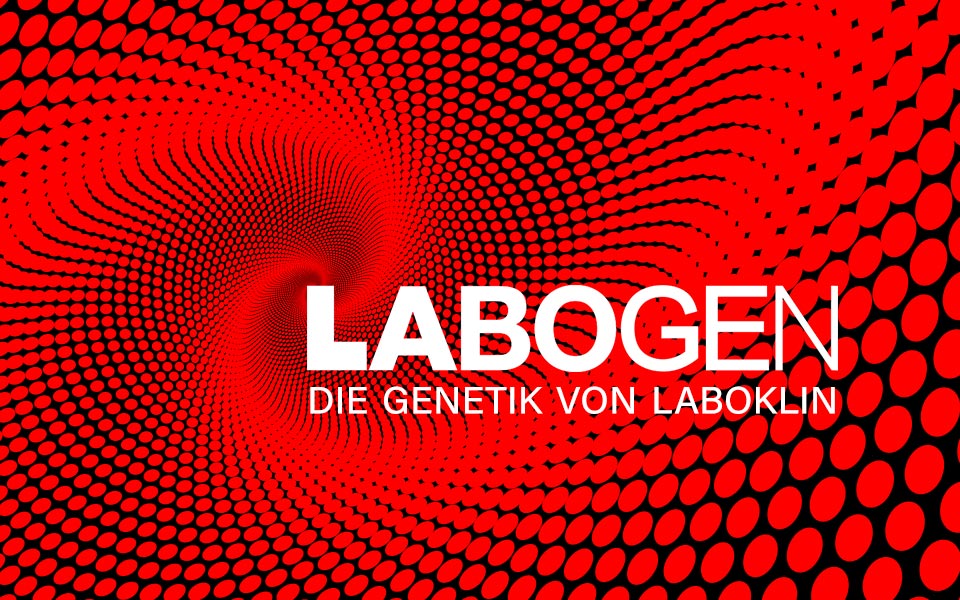Primary open angle glaucoma and lens luxation (POAG/PLL)
Primary open angle glaucoma and lens luxation (POAG/PLL)
General description
The genetic dysfunction of the connetiv tissue causes an increased intraocular pressure that leads to blindness and often to adislocation of the lens (PLL). Usually, affected dogs show first symptoms at the age of 4-6 years.
Breeds
Shar Pei
Order details
| Test number | 8641 |
| Abbreviation | POAG/PLL |
| Sample material | 0.5 ml EDTA blood, 2x cheek swab, 1x special swab (eNAT) |
| Test duration | 3-5 working days |
Test specifications
| Symptom complex | ophthalmic |
| Inheritance | autosomal recessive |
| Age of onset | 4-6 years |
| Causality | causally |
| Gene | ADAMTS17 |
| Mutation | DEL |
| Literature | OMIA:001976-9615 |
Detailed description
A primary open angle glaucoma (POAG) is a genetic dysfunction of the connectiv tissue in the eye. Thereby, the aqueous fluid is blocked and the pressure of the eyeball rises. Ultimately, the optic nerve and the retina are damaged leading from partial to complete blindness. Symptoms include widened pupils, red eyeballs, cloudy cornea and increased eye pressure. Raising eye-pressure causes pain, the dog loses its appetite, scratches the eyes, rubs its head on walls and exhibits aggressive behaviour. The dysfunction of the connective tissue often causes a dislocation of the lens (PLL), too. Usually, affected dogs show first symptoms at the age of 4-6 years.


